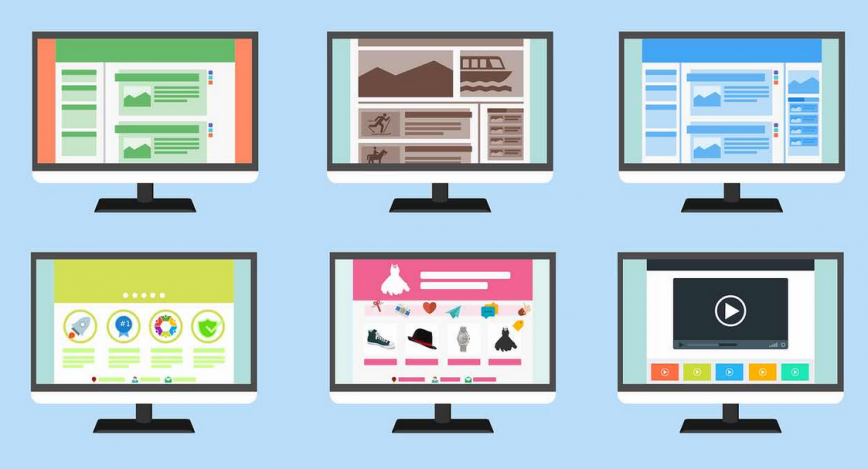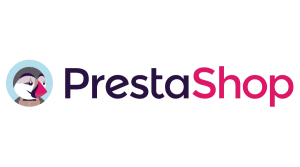Just like every other thing, websites too are composed of several components. Each of these components, from small to big, serve a particular purpose and have their own definition. Because of the differences in their functional purposes, there are several different types of elements in a website. In order to function, websites require these components to function simultaneously in their own separate ways. What are the types of website components and what purpose do they serve? Read below.
A Comprehensive List of Basic Website Components
To make things simple, a functioning website can be divided into two parts: the frontend and the backend. What are these? In layman’s terms, the frontend is what the user sees. On the other hand, the other parts that are concealed from the user are the backend components. The frontend is essentially what the user can directly interact with. There are several other things that the user cannot directly see, such as the implementation of business logic, and many other things that provide connection with the server. These hidden components together make up the backend of a website. For ease of understanding, we will divide the list of components into two main divisions: the frontend and the backend.
The Frontend Components
The frontend components of a website are comprised of the following things:
- Navigation Structure: Website navigation is made up of a strings of web page links. This arrangement of webpage links is used by the user to browse section by section, through different menus. The most prominent feature of website navigation is the main menu.
- Mockup: The mockup essentially displays the schematic locations of the various individual page elements. These elements include text containers, graphic objects, buttons, connections, menus, input fields, and so on. When developers create a mockup, it gives a representation of what the end product would look like when implemented.
- Logo: This is not a simple design that represents a brand; it is not a mere visual identifier. Rather, it can be seen as a universal customization tool. It’s main purpose it to transform even the most basic, single-page website into a professional one with consistent style.
- Graphics: Graphics are visual content such as images, videos, animations etc. In addition, it also consists of user interface elements: navigational buttons, split bars, subsections, etc. These can be tailored as per the requirement of the clients. In the frontend division of a website, graphics are static.
- Text boxes: Regardless of how big your website is, it is highly unlikely that it will fare well without a single line of typed words. In fact, it is not even enough that it is SEO-optimized. From the standpoint of web design and internet marketing, a “proper copy” should also be accessible in terms of formatting, In addition, it should also be easily understandable in terms of meaning.
The Backend Components
Increasingly, websites have been providing dynamically-updated content. This includes all aspects: newsletter websites that require you to scroll down endlessly or projects that are fully interactive. The backend’s job is to make the website operate. In other words, it is the server part of the software which responds to user requests. It contains the following compoments:
- Content management system (CMS): If you are unable or unwilling to use HTML code, CMS will be your best bet for editing website content. How does it work? Firstly, it splits each webpage into many different content containers. It then allows users with admin rights to make edits, add, delete or restore previous text.
- eCommerce: Online stores commonly use packages of eCommerce services. If your resource lacks systems like online payment through banking, eCommerce services will prove to be useful. Some solutions that they provide are convenient order processing and status tracking.
- Shopping Cart: This is typically useful to online stores. Basically, shopping carts are components that allow you to store, add/delete. These also help in payment and product delivery.
- Search: It is an essential component for all websites that want an efficient UX. It is primarily an input field which you can use to look up required info. All of it, in just one click.
- Blog: It is common practice among companies to have a blog separate from their website. Of course, content delivery in a dedicated blog is different from that of the website, where all info is spread throughout different sections. For this reason, many modern frameworks come with a blogging module.
- Dynamic Media Content: Depending on the user’s action, this content can transform itself on instances. For example, Gmail’s time-based changing themes is one such content.
- Multimedia Content: Examples of this type of content are live streams. Such content can be downloaded from the server in real-time mode.
- Chat: This is a dedicated feature that allows users to interact with each other online. It doesn’t require any updates either. The chat feature is commonly used in social networks, web portals, and customer services that provide commercial solutions. A perfect example is chatbot features in online banking.
- Contact forms: These are typically found in commercial web solutions. Contact forms help users to complete certain actions. For example, filling out personal information.
- Referral forms: These create a representation of your activity online in social networks. For instance, if you like a certain content on a website, this activity will instantly be highlighted in your friend’s social network updates. This is extremely useful from the viewpoint of internet marketing. It can promote projects for website owners.
- Newsletter: These are informal sites where data is periodically updated. Newsletters have regular automatic updates, without any need to refresh the page constantly.
- Online Databases: Databases help the users to deal with data online. This can include features like sort, add new, delete etc.
- Protected Sections: These are aimed at privileged resource users. Only those who can confirm special access rights can have any access. A good example is access through passwords.
- Content Cloud: Site administrators and other users often get a dedicated storage space of some size. In the cloud they can upload content to the server and access it whenever needed.
Additional Components
Other than the ones mentioned above, operational websites also depend on three other components. However, these cannot be classified either as frontend or backend. What are they?
- Hosting: The physical location of the server forces that support your website is referred to as hosting.
- Domain: Essentially, your resource’s internet address is defined by a domain.
- Online Promotion Toolset: This is an extremely important component for any website owner. It’s function is to efficiently launch and position the resource in the global market. For this reason, it contains a multitude of tools like SEO modules, advertising and analytics tools etc.







